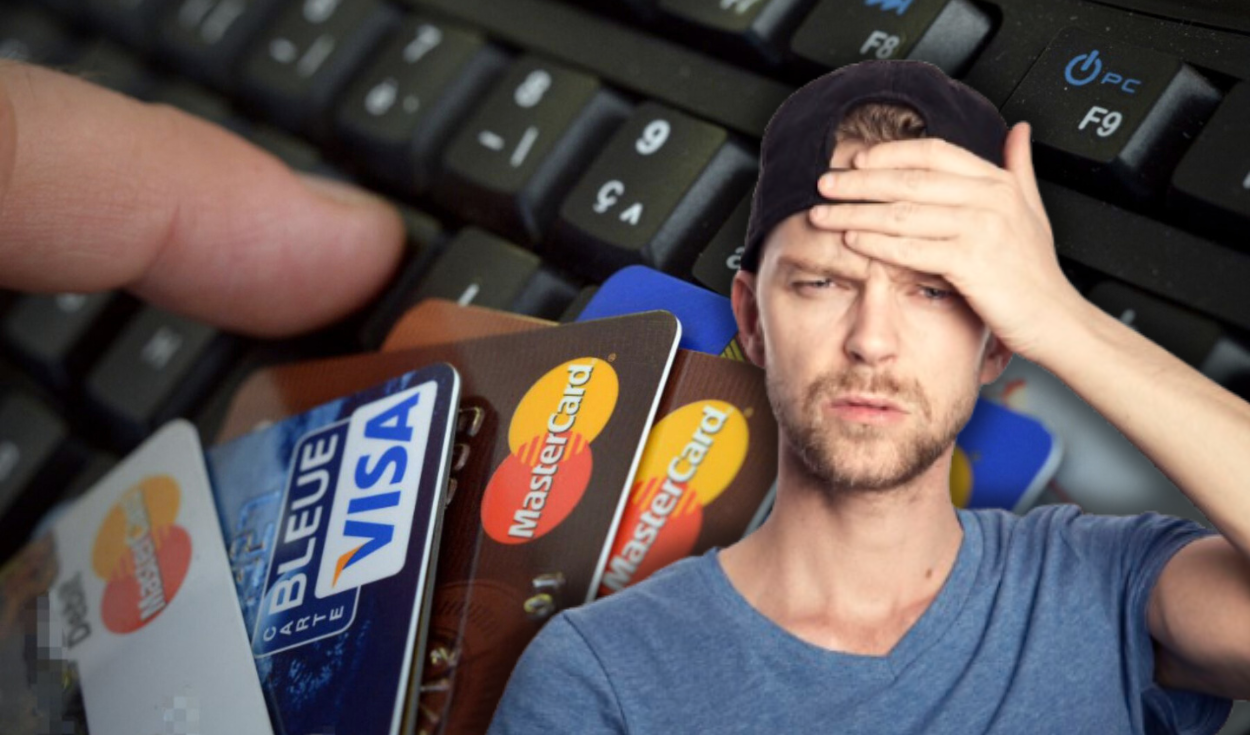
Errors when making bank transfers in Peru may result in the loss of money. Given the question about how to proceed, banks such as BBVA, BCP and Interbank have the answer.
Perform one Bank transfer It is a common operation for millions of people in Peru. However, making mistakes when entering the recipient’s data can generate great concern. Introducing an incorrect account or sending a wrong amount could mean the loss of money if it does not act quickly.
In these cases, users often wonder if it is possible to cancel a bank transfer and how to recover the funds. The response depends on the financial entity and the type of transaction made. Next, we explain the options offered BBVA, BCP and Interbank In the country.
Interbank and BBVA: Can a bank transfer be canceled?
Interbank is clear in its policy to cancel bank transfers: once a transfer is made, it is not possible to revert. On the other hand, in the case of BBVANor does it allow the cancellation of a transfer, but it does offer alternatives to recover the money in case of error. There are three main options:
- Contact the holder of the receiving account: If you know the person who received the money by mistake, you can communicate directly with her to request the return.
- Request the return through the bank: If you cannot contact the receiver, you can go to BBVA and ask to start an interbank process. In this case, the Bank manages the application with the recipient’s entity and asks for the return of money. However, the success of this operation continues to depend on the receiver’s provision.
- Legal Action: If the above options fail, the last alternative is to file a lawsuit. This process can be expensive and prolonged, so it is recommended only in cases of significant amounts.
According to BCP, what to do if you make a mistake in a transfer?
He Credit Bank of Peru (BCP) recommends acting quickly if an error is detected in a bank transfer. The sooner the bank is informed, the greater the chances of reversing the operation. The entity recommends calling or going to an agency to report the situation.
In very specific cases, the user will be told the details of the transfer, so it is important that the exact moment of the operation, the amounts and data of the recipient know. It is worth noting that each financial entity manages its own processes for these cases, so following its instructions is key to trying to recover the money.
How to prevent errors when making a bank transfer?
Avoid errors in a transfer is essential not to go through the complex management of recover money. These are some prevention measures recommended by banks in Peru:
- Verify the recipient data: Before confirming the transfer, carefully check the account number and the name of the receiver.
- Make a test transfer: If you are going to send an elevated amount, it first transfers a small amount and verifies that it arrives correctly.
- Avoid making hurried transfers: Be sure to check the information before pressing “Send”. A small carelessness can mean the loss of money.
- Check with your bank on protection options: Some entities offer tools such as “scheduled transfers”, which allow the operation to be reviewed before executing it.
If I want to withdraw money at a cashier, what recommendations to follow?
In addition to errors in bank transfers, the use of ATMs also implies risks. There are various scam strategies that can compromise user safety. Therefore, it is important to take precautions when withdrawing money.
- Press the “Cancel” key before and after operating: this prevents your session from being open if a scammer has manipulated the cashier.
- Do not share your secret key or accept unknown help: Cybercriminals usually use psychological manipulation to obtain personal information.
- Do not neglect the proof of operation: Many users leave the Váucher printed at the cashier, but this contains sensitive data such as account amounts and card number fragments. The ideal is to destroy it before discarding it.
- Use ATMs in safe places: It prefers those located within banks or shopping centers to reduce the risk of fraudulent robbery or manipulation.
Source: Larepublica
Alia is a professional author and journalist, working at 247 news agency. She writes on various topics from economy news to general interest pieces, providing readers with relevant and informative content. With years of experience, she brings a unique perspective and in-depth analysis to her work.












